Chili Chronicles: A Spicy Journey Through the World's Hottest Peppers
Table of Contents
- Introduction to the World of Chili Peppers
- A Global Map of Chili Types
- Understanding the Scoville Scale
- How Different Chilies Elevate Your Cooking
- The Ultimate Buying Guide for Chili Lovers
- Top 10 Tips for Handling Chilies Like a Pro
- Conclusion: Embrace the Burn
Introduction to the World of Chili Peppers
There’s something undeniably captivating about chilies. Whether you're chasing the burn or savoring the subtle smokiness, these little firecrackers are more than just spicy heat — they’re flavor bombs that tell stories of culture, geography, and tradition. From Mexican poblanos to Indian bhut jolokia, each chili has its own identity shaped by soil, climate, and centuries of culinary evolution.
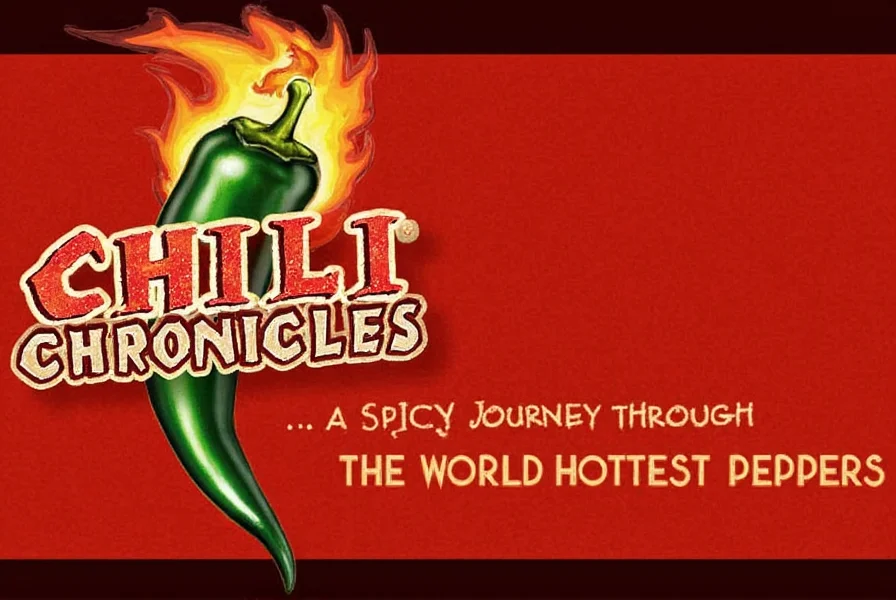
Today, we take you on a global tour through some of the most iconic different chili types, uncovering what makes them unique, how hot (or not) they really are, and how you can use them like a pro chef. Let’s ignite the conversation!
A Global Map of Chili Types
Chilies have traveled far from their Mesoamerican origins and now play starring roles across world cuisines. Let’s explore some of the most beloved varieties from five continents:
| Chili Type | Origin | Heat Level (SHU) | Flavor Profile | Popular Use |
|---|---|---|---|---|
| Jalapeño | Mexico | 2,500–8,000 | Grassy, peppery, slightly sweet | Tacos, nachos, poppers |
| Serrano | Mexico | 10,000–23,000 | Crunchy, bright, tangy | Pico de gallo, sauces |
| Hatch Green | New Mexico, USA | 2,500–8,000 | Smoky, earthy, vegetal | Green chile stew, rellenos |
| Thai Bird | Thailand | 50,000–100,000 | Fiery, citrusy, floral | Pad Thai, curries |
| Bhut Jolokia (Ghost Pepper) | India | 1,000,000+ | Earthy, fruity, explosive | Chili-eating challenges, Assamese dishes |
| Scotch Bonnet | Caribbean | 100,000–350,000 | Sweet, tropical, fiery | Jerk seasoning, pepper sauces |
| Habanero | Mexico/Central America | 100,000–350,000 | Citrusy, floral, smoky | Salsas, hot sauces |
| Ancho/Poblano | Mexico | 1,000–2,000 | Rich, dark chocolate notes, mild | Mole sauce, stuffing |
| Shishito | Japan | 50–200 | Grassy, occasionally hot | Blistered as snacks, appetizers |
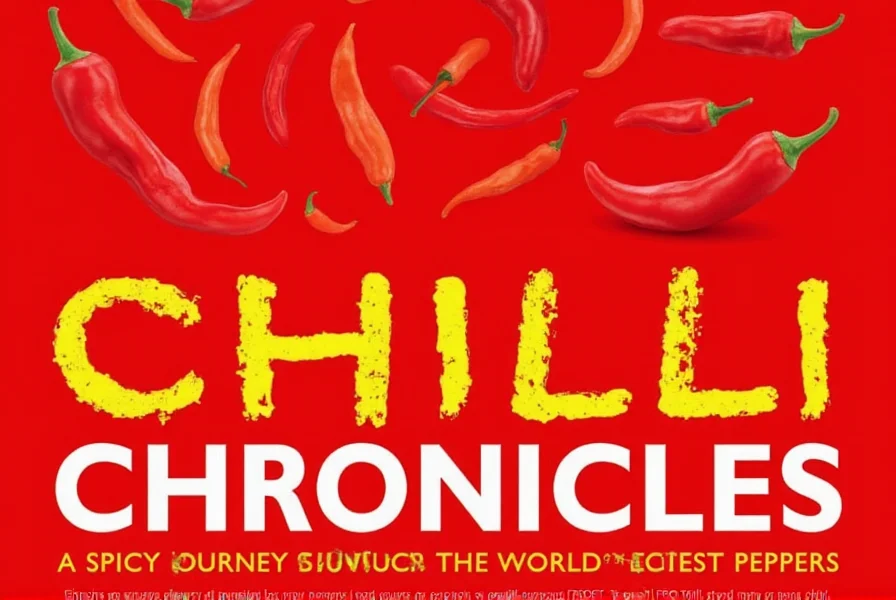
Understanding the Scoville Scale
The Scoville Heat Unit (SHU) is the standard measurement for chili spiciness, created by pharmacist Wilbur Scoville in 1912. Originally based on dilution tests, it now uses high-performance liquid chromatography (HPLC) to measure capsaicin content. Here's a quick breakdown of how different chili types stack up:
- Mild: Up to 1,000 SHU (e.g., bell peppers, banana peppers)
- Moderate: 1,000–25,000 SHU (e.g., jalapeños, serranos)
- Hot: 25,000–100,000 SHU (e.g., Thai bird, habanero)
- Super Hot: Over 100,000 SHU (e.g., ghost pepper, Carolina Reaper)
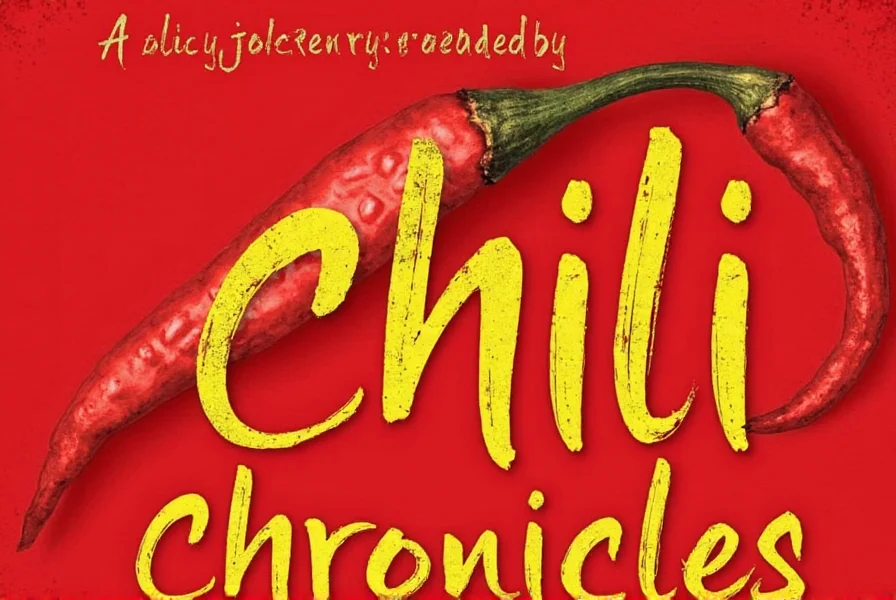
How Different Chilies Elevate Your Cooking
Each chili brings more than just heat — they add complexity, aroma, and regional flair. Understanding which type works best in your dish can transform your cooking from good to unforgettable.
When to Use Mild Chilies
Mild chilies like poblanos and anaheims are perfect when you want flavor without overwhelming spice. They work beautifully in slow-cooked dishes where their depth can develop, such as stews and moles.
For Medium Heat Enthusiasts
Jalapeños and serranos strike a great balance between spice and flavor. Use them raw in salsas or grilled for smoky depth in tacos and soups.
Bringing the Fire with Hot Chilies
Chilies like habaneros and Scotch bonnets offer intense heat along with fruity, floral notes. Ideal for making homemade hot sauces, jerk marinades, or adventurous fusion dishes.
Extreme Heat for the Brave
For those chasing the dragon, super-hot chilies like ghost peppers and Carolina Reapers deliver both searing heat and complex undertones. Use sparingly — a single seed can turn a whole pot fiery.
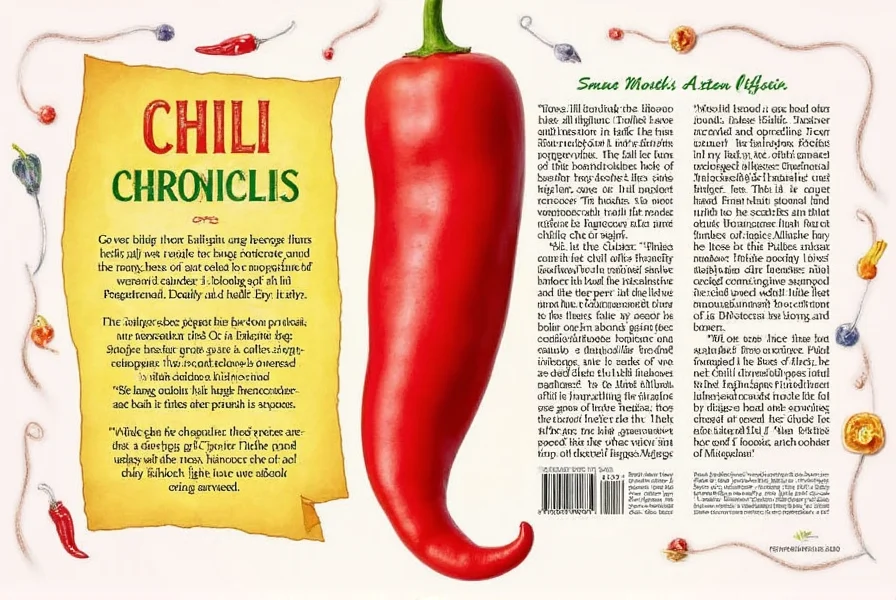
The Ultimate Buying Guide for Chili Lovers
Whether you're shopping at your local market or ordering online, here's how to choose the best chilies for your needs:
Fresh vs. Dried vs. Frozen
- Fresh: Best for immediate use. Look for firm, shiny skin with no soft spots.
- Dried: Great for long-term storage. Ideal for infusing oils, grinding into powders, or rehydrating in sauces.
- Frozen: Perfect for preserving peak freshness. Useful in salsas, soups, or stir-fries without thawing.
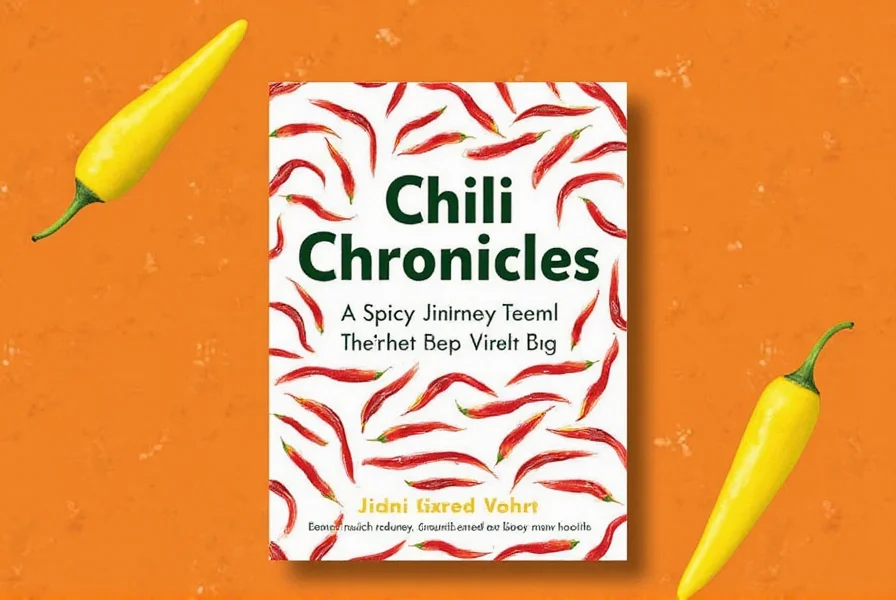
Recommended Products for Chili Enthusiasts
| Product Name | Description | Features | Best For | Price Range |
|---|---|---|---|---|
| La Costeña Jalapeños in Brine | Mild pickled jalapeños packed in vinegar and salt | Consistent flavor, ready-to-use, shelf-stable | Tacos, sandwiches, garnishes | $3–$5 per jar |
| Dried Ancho Chili Pack | Whole dried ancho chilies ideal for grinding or simmering | Rich flavor, easy to store, versatile | Making mole, stocks, sauces | $4–$6 per pack |
| Ghost Pepper Powder | Finely ground powder from dried Bhut Jolokia | Extremely potent, long shelf life | Adding extreme heat to sauces, rubs | $10–$15 per ounce |
| Scoville Heat Unit Test Kit | DIY home test kit for measuring chili heat | Accurate readings, portable, reusable | Home growers, chili enthusiasts | $20–$30 |
| FireStarter Chili Starter Kit | All-in-one growing kit with seeds, soil, and guidebook | Educational, fun, beginner-friendly | New gardeners, families, educators | $25–$40 |
Top 10 Tips for Handling Chilies Like a Pro
- Wear gloves when handling very hot chilies to avoid skin burns.
- Use separate cutting boards to prevent cross-contamination with other foods.
- Remove seeds and membranes if you want less heat.
- Rinse chilies under cold water before chopping to reduce capsaicin residue.
- Add dairy like yogurt or milk to cool down overly spicy dishes.
- Toast dried chilies in a dry skillet for deeper, nuttier flavor.
- Store dried chilies in airtight containers away from light.
- Freeze fresh chilies whole for future use — they’ll keep their flavor for months.
- Experiment with roasting fresh chilies over open flame for smoky richness.
- Label your homemade chili oils or sauces with the type and estimated heat level.
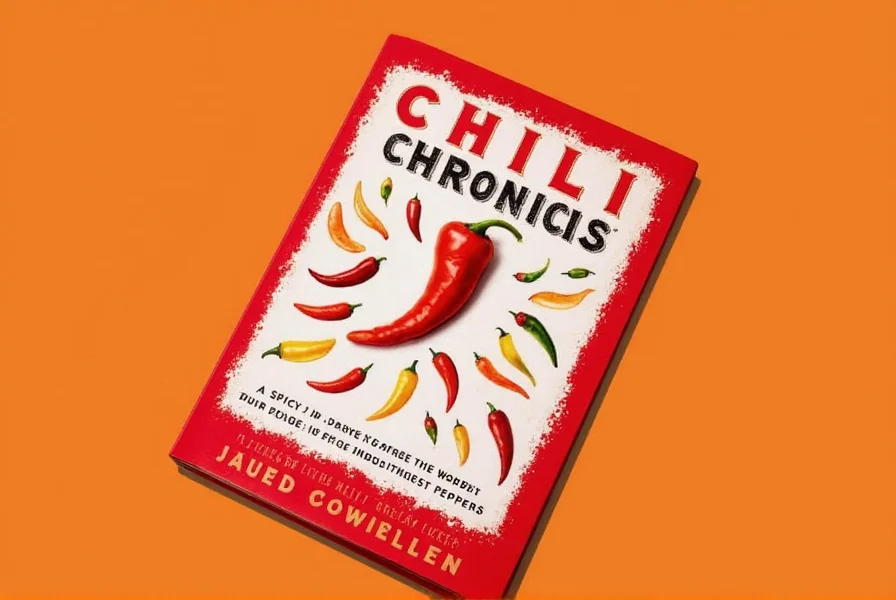
Conclusion: Embrace the Burn
From the mild warmth of a poblano to the nuclear punch of a ghost pepper, exploring different chili types opens up a world of flavor and excitement. Whether you're experimenting in the kitchen or growing your own plants, there’s always something new to learn — and taste.
So next time you reach for that bottle of hot sauce or spot a vibrant array of chilies at the market, remember: every pepper tells a story. And now, you’ve got the tools to make that story your own.
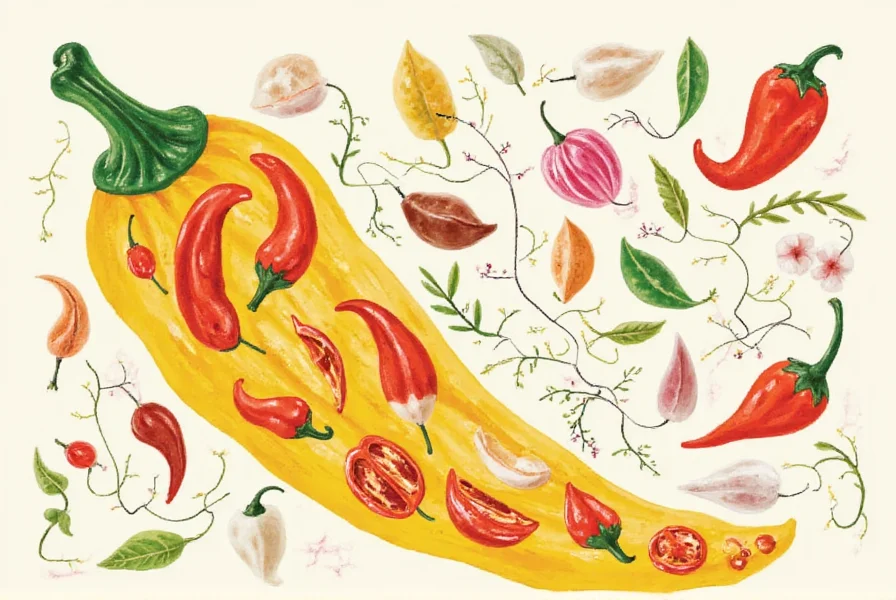

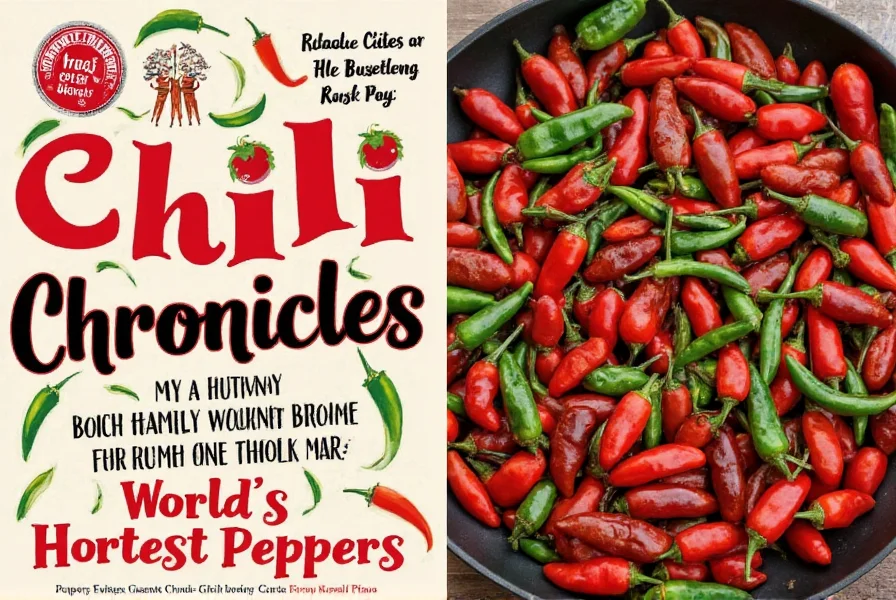









 浙公网安备
33010002000092号
浙公网安备
33010002000092号 浙B2-20120091-4
浙B2-20120091-4